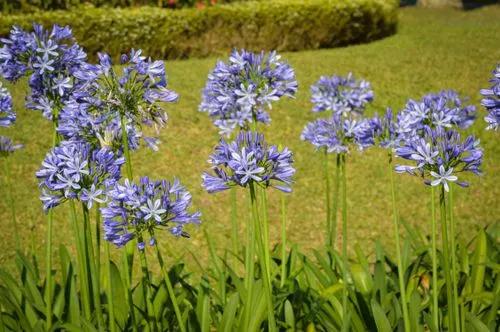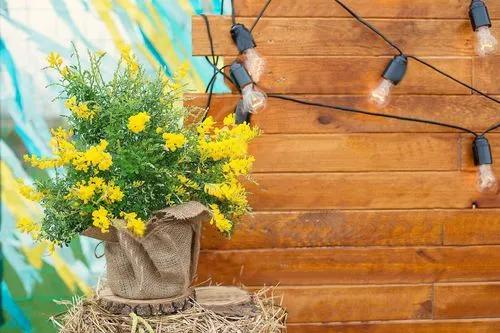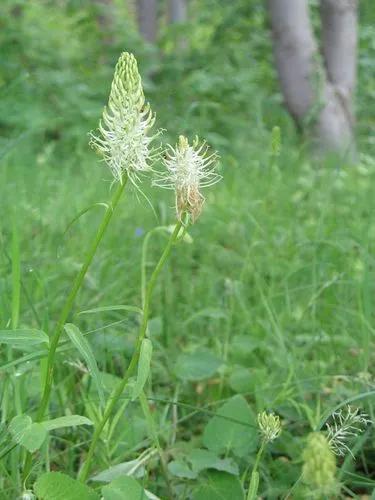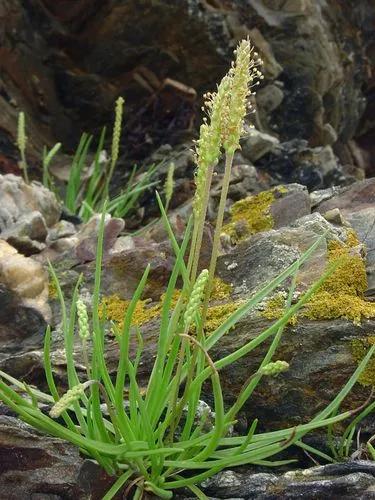Sedum cauticola, also known as cliff stonecrop, is a plant native to Japan. Sedum cauticola looks spectacular, especially in combination with other plants, which is why gardeners and landscapers love it. Plants from the Sedum species are very unpretentious, so the cliff stonecrop is great for beginner gardeners.
Sedum Cauticola Care
Hylotelephium cauticola



Sedum cauticola is a succulent from the Crassulaceae family. This plant has a creeping rhizome and small, dense leaves with a bluish tint. The flowers at the cliff stonecrop are yellow, located on the plant's elongated stems. Sedum cauticola grows rapidly and reaches a height of 8-10 inches (20-25 centimeters) as an adult.
How to Care for the Plant

Water

Like all succulents, Sedum cauticola does not need much water. You only need to water your plant when the potting soil dries out. If you water Sedum cauticola too often, the plant will become lethargic and may become sick. In cold weather, you need to reduce the watering frequency to once a month.

Pruning

Sedum cauticola needs pruning each time after the flowers have faded. You also need to remove the aged, yellowed parts of the plant. Therefore, with pruning, Sedum cauticola will rejuvenate and not lose its sophisticated, decorative appearance.

Fertilizer

Sedum cauticola does not require special feeding and can do without it. However, you can fertilize the plant with an organic fertilizer containing nitrogen. It is best to do it in the spring.

Sunlight

Sedum cauticola is a light-loving plant, and the leaves of Sedum cauticola begin to fall off from lack of sun. In summer, you should keep cliff stonecrop on a terrace or balcony; in winter, keep it in a well-lit place. You should turn on the photo lamp for at least 7-8 hours a day if necessary.

Soil

For Sedum cauticola, standard soil for succulents and cacti will do. To make this soil yourself, you will need ordinary soil, humus, and coarse sand in a ratio of 1:1:2. You can also add some large stones to the soil and put perlite on the top.

Propagation

The best way to propagate Sedum cauticola is from cuttings. To do this, you need to collect cuttings and let them lie in the sun for a while. You must clear the place for the new plant of weeds, as they are dangerous for the sprout and water the plant abundantly, especially during the hot days.

Temperature

The plant feels great on warm summer terraces and balconies and tolerates daytime temperature fluctuations well. For the winter, you should better hide your cliff stonecrop in a room. The ideal temperature for Sedum cauticola during the cold season is 50-60 degrees Fahrenheit (10-20 degrees Celsius).

Container

Botanists often choose cliff stonecrop for growing in the garden; however, this plant also does well indoors. Since the plant's roots do not grow deep, you need to choose a shallow but wide container with good drainage at the bottom of the pot.

Fun fact

Sedum cauticola originally grew only on the island of Hokkaido in northern Japan.

Popularity

44 people already have this plant 13 people have added this plant to their wishlists
Discover more plants with the list below
Popular articles






